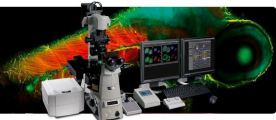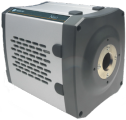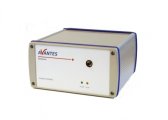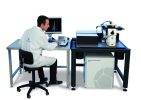
Schools should transform the students’ life by introducing the digital microscope in the classroom. Learners will be able to do better project presentations with clear and high-resolution imaging.
The moment you come out of your mother’s womb, you interact with light, which sends several signals to the brain for processing. The human eye is the only organ in the body that detects light in its simplest form. Whereas microscopes further differentiate shapes and colours surrounding objects. Microscopes are tools students use to see beyond the eye capabilities. Schools in Singapore use the light microscope that relies entirely on light for observation.
There are two types of Microscopes for Students Singapore, the compound, and the stereo microscope:
The Compound Microscope
A compound microscope is a standard in research and biological studies. With a magnification of about 1000 to 2000 times, it qualifies as a high power microscope.
Stereo Microscope
This microscope also known as the dissecting microscope has a magnification ranging from 10 to 80 times. This magnification is appropriate for studying large specimens such as coins, stamps, and rock fossils.
Other types of microscopes in use today are an upgrade of the two main categories. When looking for any microscope to be used in schools, it is advisable to purchase one that specifically fits the learning environment.
Optical Coherence Microscope (OCM)
This microscope is common among undergraduates who are inquisitive and eager to understand the intricate details of the research subject. The OCM is used in the study of tissues that cannot otherwise be seen using standard microscopes due to its high light dispersion.
Fluorescence Microscope
When the syllabus calls for the study of organic or inorganic substances using fluorescence as opposed to light reflection or absorption, this microscope will help in most cases. The specimen is subjected to light of a specified wavelength, and an emission filter separates the illumination light.
Scanning Probe Microscope (SPM)
The SPM is used in classrooms to test the interaction levels of samples when probed. The resulting information is displayed in a micrograph.
Acoustic Microscopes
Acoustic Microscopes use the sonar principle to measure differences in sound resistance. Students in the electrical workshop will use this type of microscope to detect defects in materials used in integrated circuits.
How to Buy School Microscopes
Microscopes are available in varying quality with the most high-end ones costing more. You do not need to be an expert in optics to identify the best Microscope For Students Singapore.
- The classroom environment
The important thing to look for here is whether the microscopes will need a storage capacity or once they are set up they remain there all the time
- Construction of the Microscope
Different students are going to handle the equipment every day and possibly for a long time. The microscope housing should be durable, lightweight, and easy to maintain and service.
Students get more involved when the optical performance of a microscope is presentable. Images with good contrast, resolution, and colour make learning a fun activity.
- Availability of Accessories
The microscope should be well matched and fitted to blend into the classroom environment. Availability of other accessories such as cameras, software, and LED illumination can be quite handy in the current digital environment.
Consideration of the school budget against what the students need should not be ignored. When it comes to price against value, nothing can be more exciting when students see clear images under the microscope.
Only high-resolution images delight young minds.












